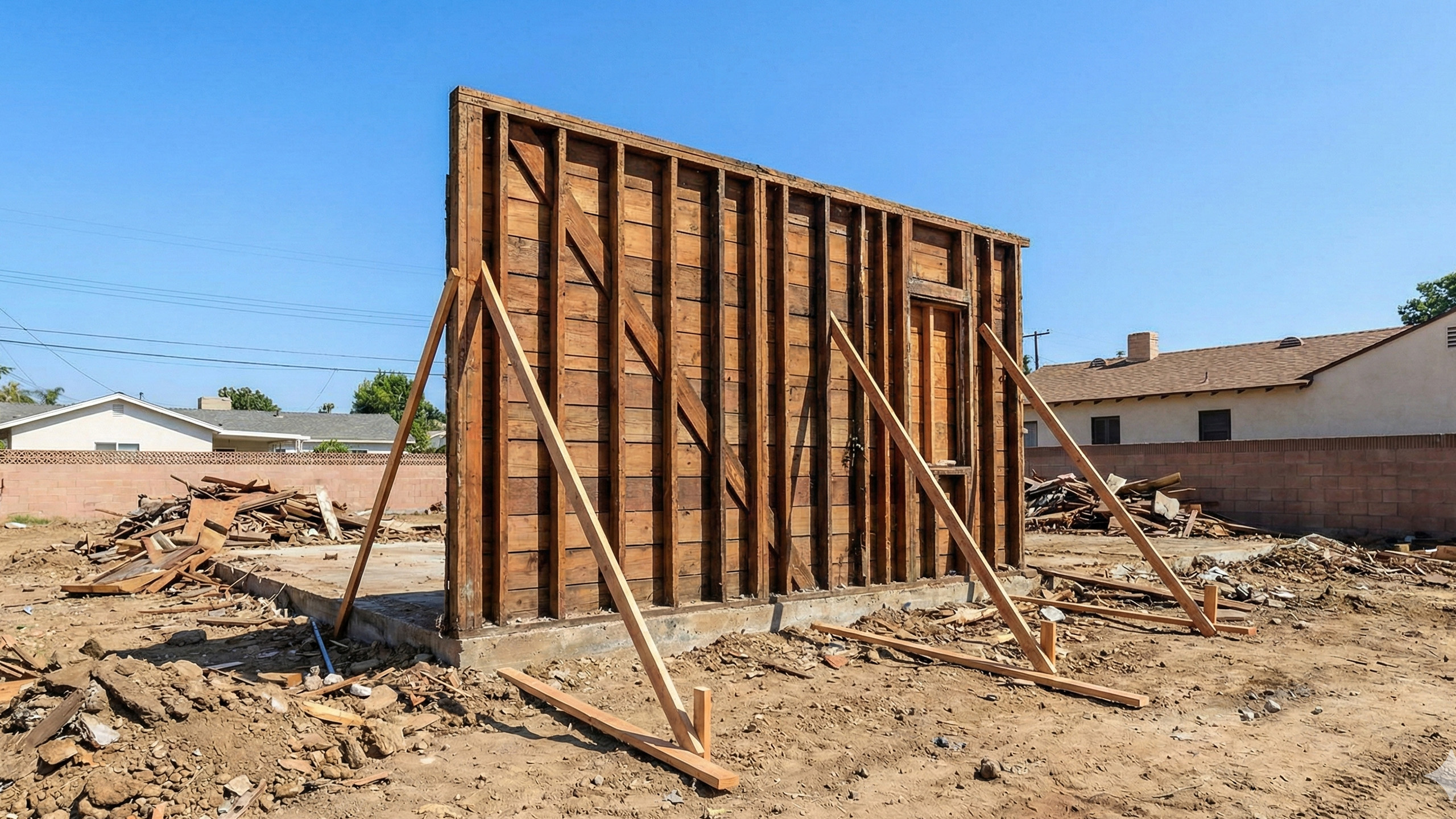Taking on a construction or renovation project for your home is exciting, but it’s important to make sure that you have the right kind of help from the get-go. This often means choosing between an architect or a home designer. Making an informed decision as to which professional to work with requires a bit of understanding of their craft and specialty.
This article explains the main differences between the two professions. It also provides some real-world situations that may be similar to yours.
Architect vs. Home Designer
The biggest differences between an architect and a home designer are the type and length of education they’ve had and the licensing requirements for their profession.
To be an architect, one needs to earn an architecture degree, work for a registered architect’s practice for three years, pass the licensing examinations, and register with the state board.
In contrast, anyone can start a home design business. After earning the required years of working experience, they can seek certification from different bodies like the American Institute of Building Design (AIBD) and the National Council of Building Designer Certification (NCBDC). However, getting certified is not a requirement.
With their years of academic and in-field training, which includes courses on the structural properties of materials, architects have the edge over home designers. Many architects also offer complete project management services. In addition, they carry insurance and maintain licensing requirements which keep them on their toes if anything ever goes wrong.
Home designers, on the other hand, do not offer these services or assurances. Their plans also need to be checked by structural engineers to ensure their code compliance, safety, and viability. Because of these limitations, home designers usually cost less to hire than architects.
Real-World Situations
To better understand the differences and be able to make a sound judgment for your own project, consider the following situations:
Situation 1: Exploring Possibilities
If you are merely looking into the possibility of a future renovation or another construction project for your home, a home designer’s services may suit. They take into account your style preferences and practical considerations such as space and functionality. If the possibilities you’re exploring are complex or if you have a sloped site or other, more technical considerations, an architect’s services are recommended.
After finalizing the project direction, an architect can ensure that the final build will be code compliant, structurally sound, and within budget. Once the plan has been finalized, the project team will collaborate with a licensed general contractor to bring the design to life.

Situation 2: Small Renovations
Renovation projects that do not require major structural changes to the existing building are also something that home designers can take on. They can create renderings of designs that aim to achieve your home improvement goals for aesthetic appeal and functionality.
Of course, an architect can perform all of these tasks, and more, especially one from a Design-Build firm that provides full architectural design and construction services.
Situation 3: Hands-Off
If you won’t be able to stay on top of the construction project because of other responsibilities like full-time employment, hiring an architect is the better option. They typically offer complete project management services. An architect can take care of all the details, from the conceptual design stage to the project closeout, so that you can minimize stress and conserve your time.
Situation 4: Complex Builds
If significant structural changes are needed for your existing building, the help of an architect can be invaluable. Although both professionals are skilled with drawing up designs, the additional training that architects have can prove essential here.
If your property has some historical significance, for example, you’ll do well to hire an architect. They have the knowledge needed to make sure the integrity of the building is preserved while the construction is completed.
Situation 5: Building Department Involvement
If the changes to be made to your property require review and approval from the Building Department, architects can streamline the application process. They will take care of all the permits and other regulatory requirements, including the compliance of your build.
Conclusion
If you can afford to hire an architect, they are always your best bet, as architects have more extensive academic and in-field experience than home designers. That said, they are not always required to see home renovations projects through. You may choose to work with a home designer if it’s a simple improvement that does not require structural changes and if you are working with a tight budget. It’s best to assess your needs and home improvement goals first before deciding.
You can send us a message to request more information. We’ll help get you started off in the right direction!






.svg)























.png)